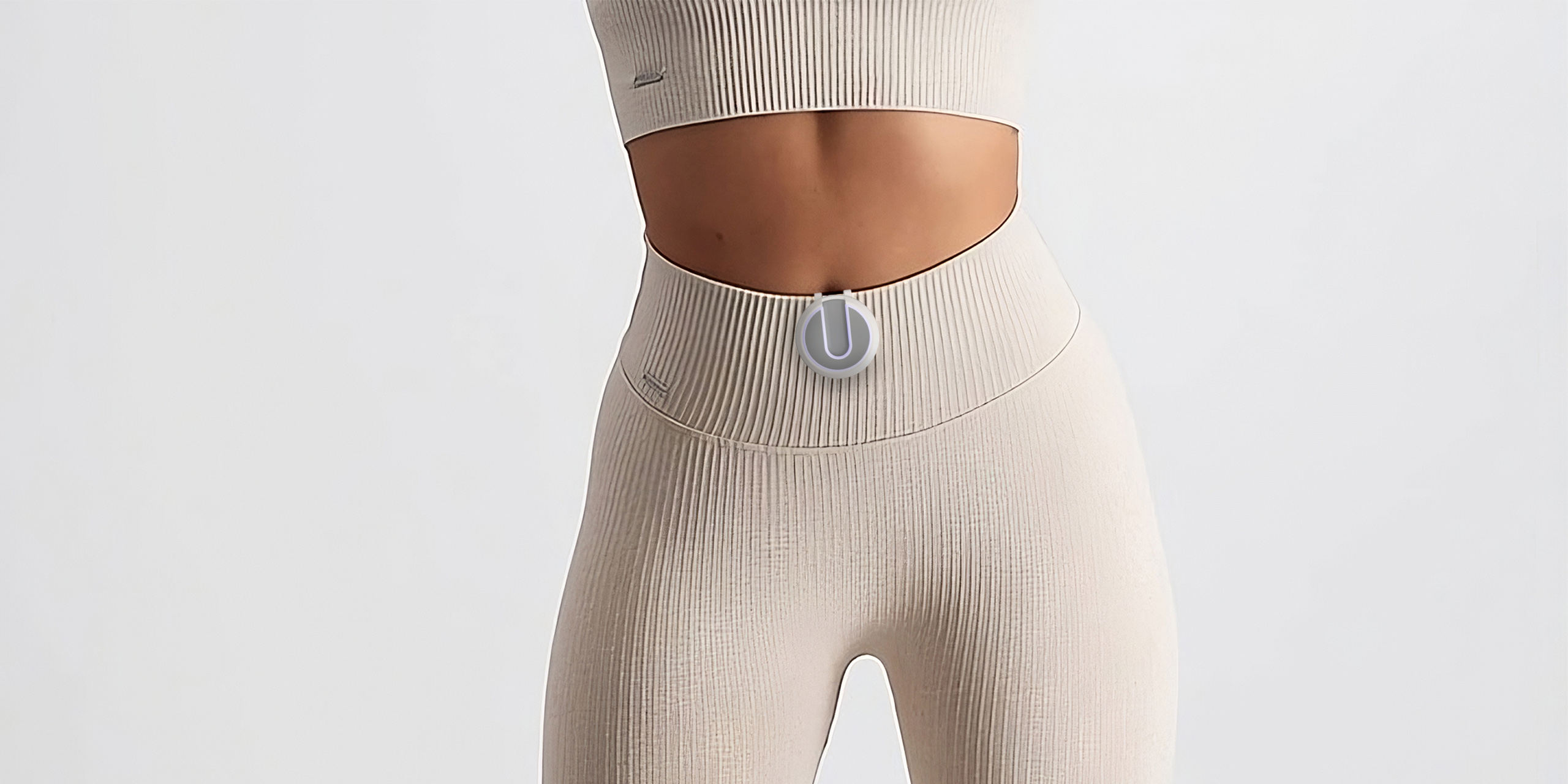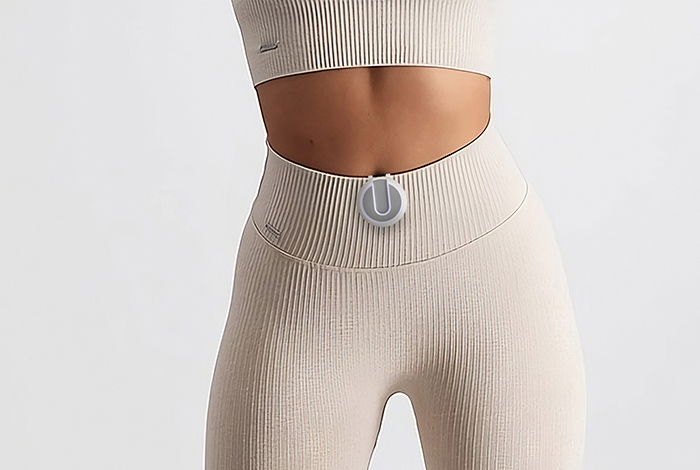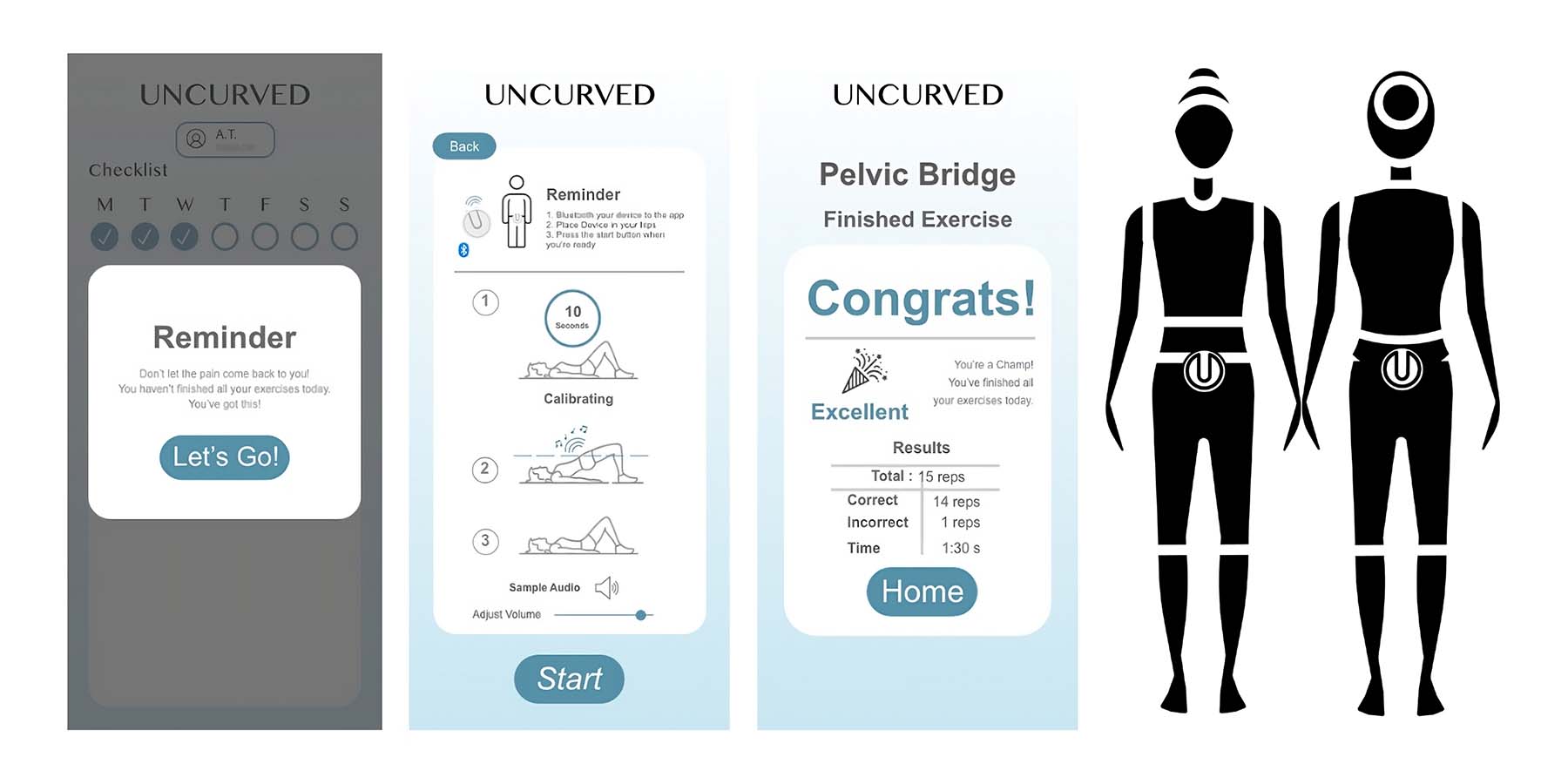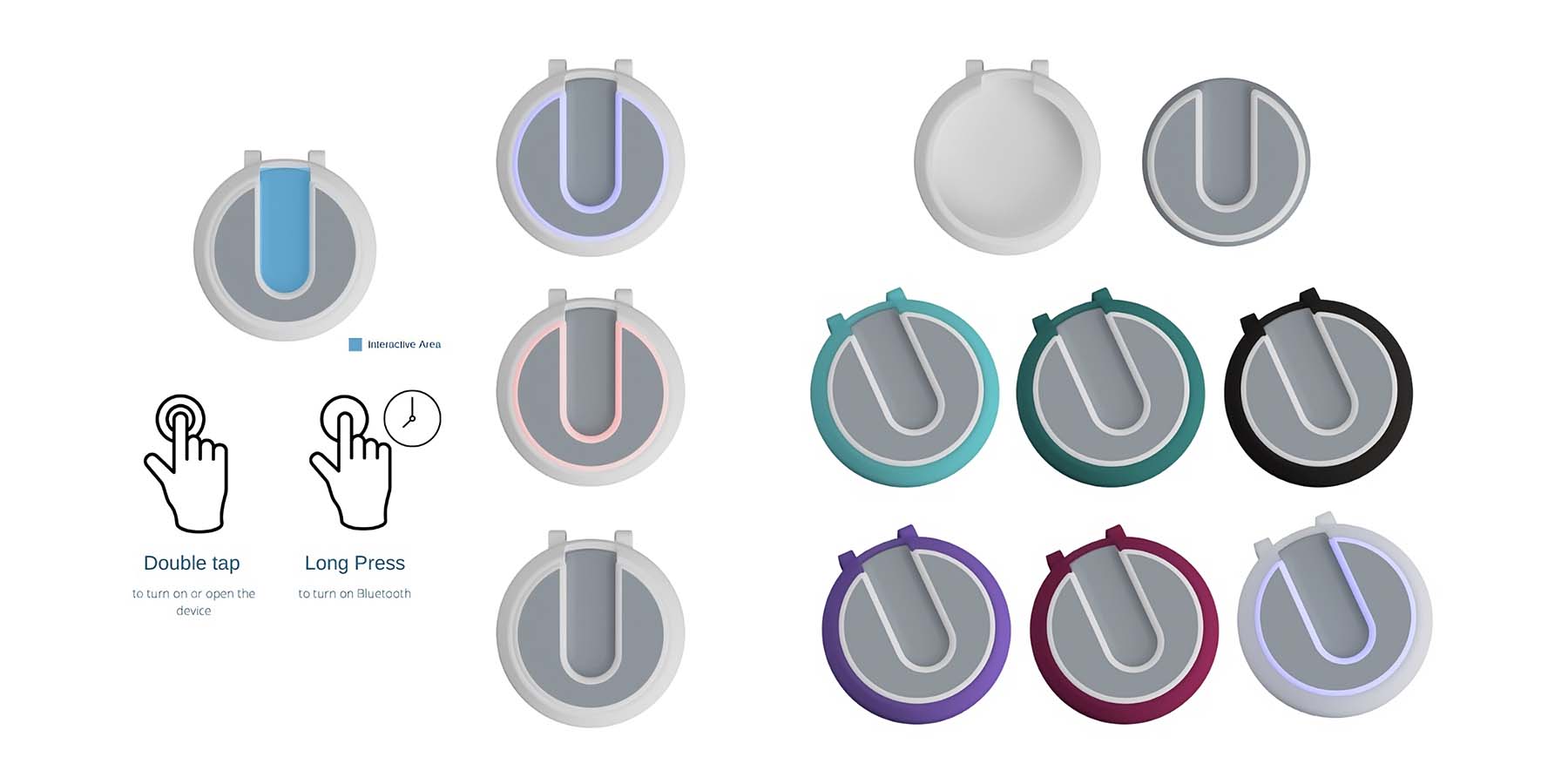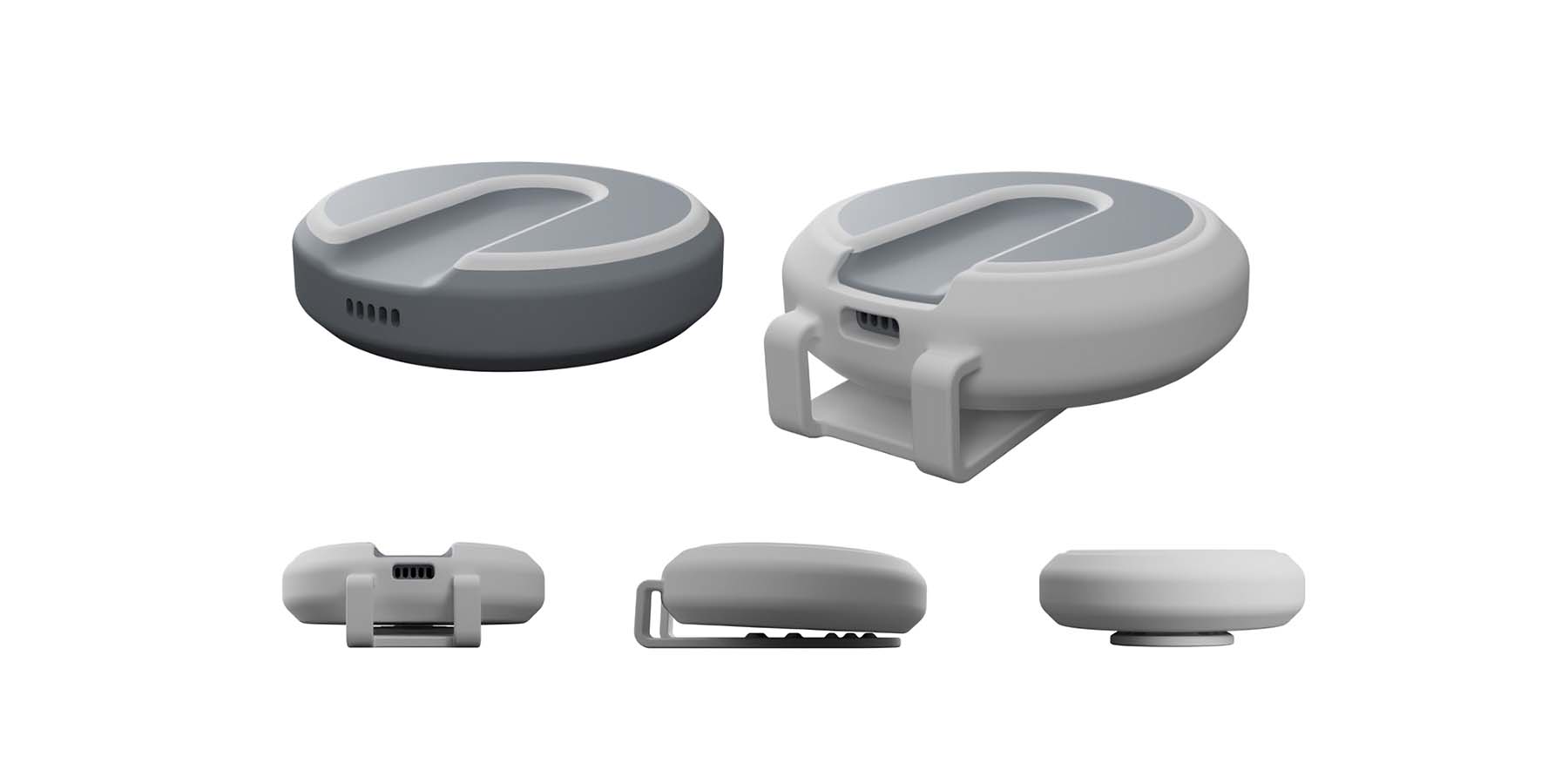Through our research of case studies and existing devices, we found out that there is a gap in the market for scoliosis assistance products for home exercise plans. The existing devices that do detect hip angles and spine positions that we found in the market are more focused on posture correction in everyday situations like standing or sitting instead of rehabilitation exercises. Nevertheless, another challenge is to encourage users to be consistent with their prescribed HEP to progress in minimizing their discomfort. In addition, most of these devices use vibration and visual cues to inform users of their incorrect posture, yet rarely do these devices solely work audibly. Through this research, we decided to address these gaps in our project to improve physiotherapy rehabilitation for scoliosis patients.
To understand the exercise movements in HEP for scoliosis patients, we did a controlled experiment of a bridge exercise using an IMU device to collect the Yaw (Horizontal), Pitch (Frontal), and Roll (Sagittal) movements. From the experiment, we found that an inexperienced patient may do the exercise incorrectly without live feedback. Two critical points that we decided to address for the bridge exercise are to give feedback to users for the height points when they are ascending their hips and their timing for ascending and descending during the exercise.
For the sonification process, we use MSP in MAX 8 program to generate a trigger sound for the desired height point and a continuous sound to inform users of their repetition timing through the data collected. Our team have also created a UI/UX design and IMU product design to support the personalisation and preference of each user as the final outcome of this project.

